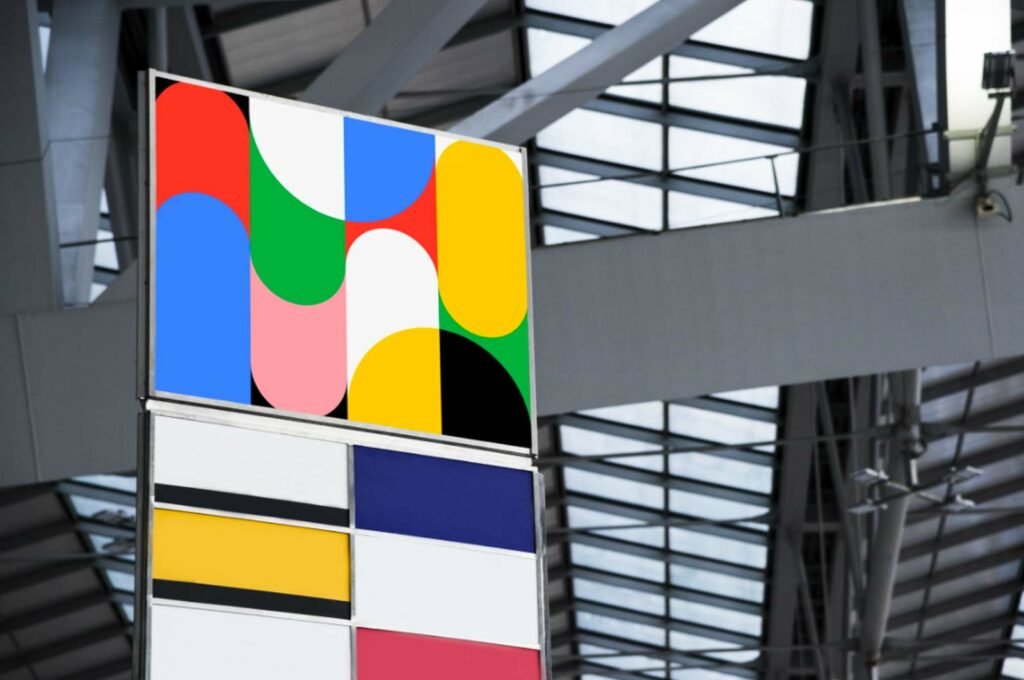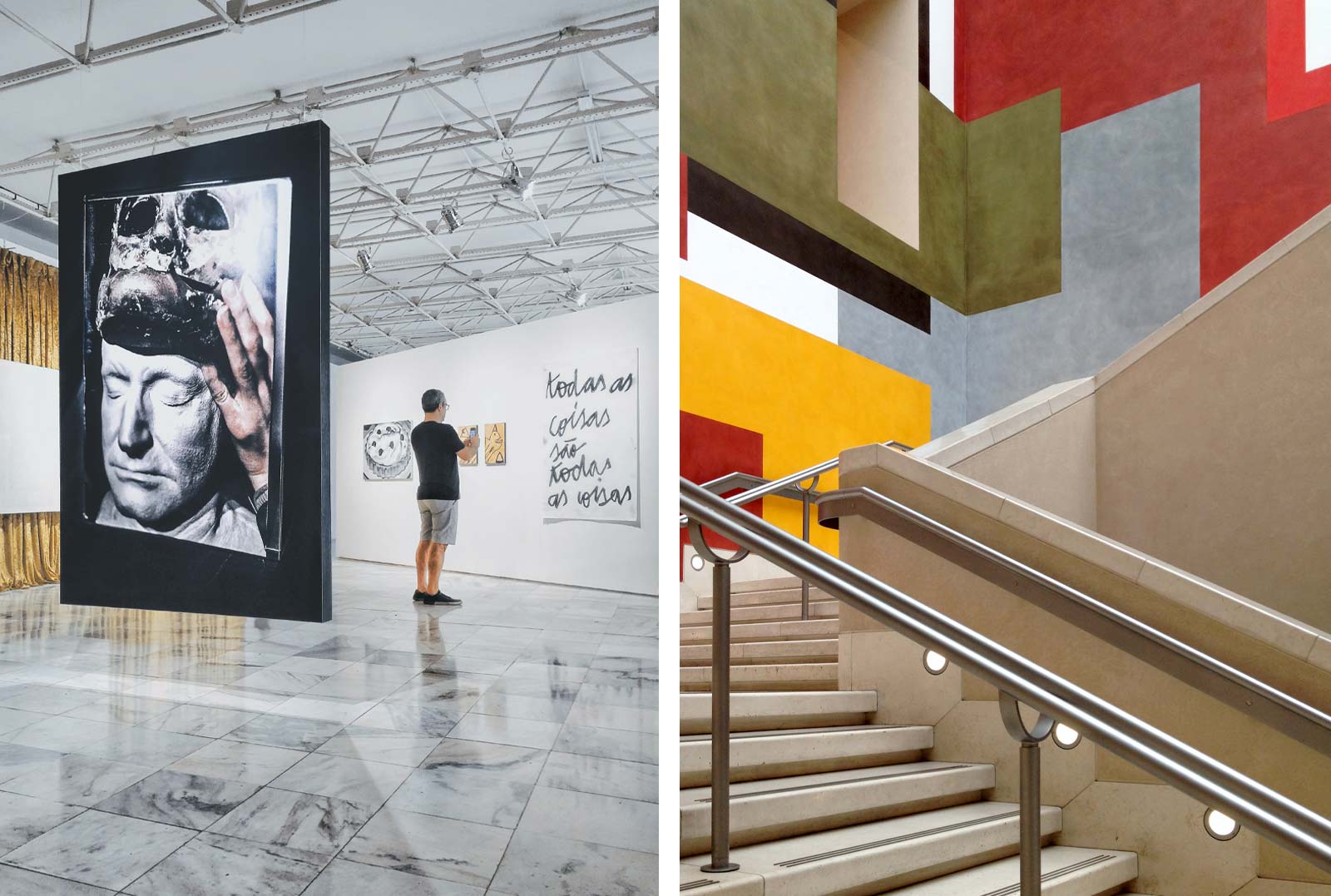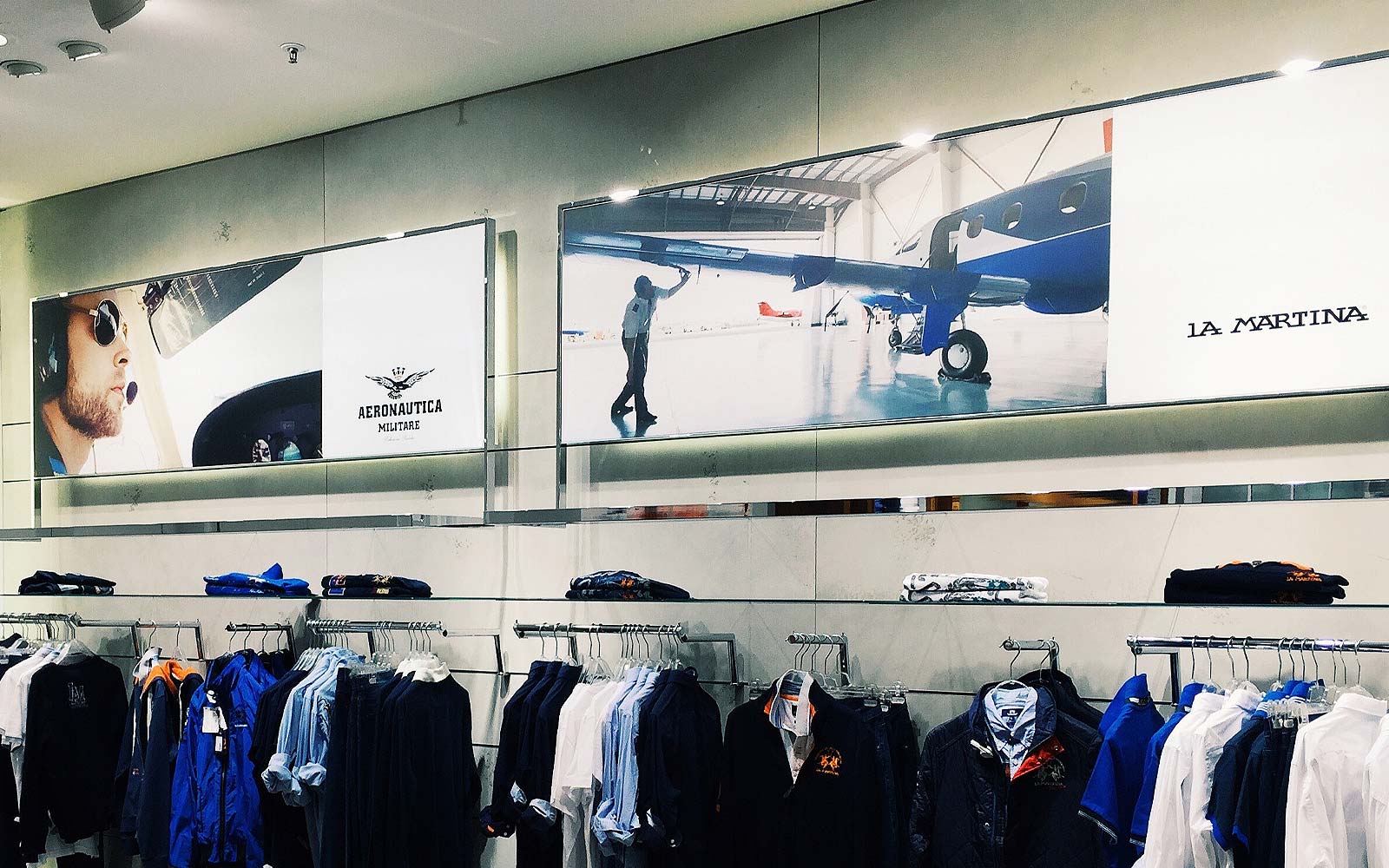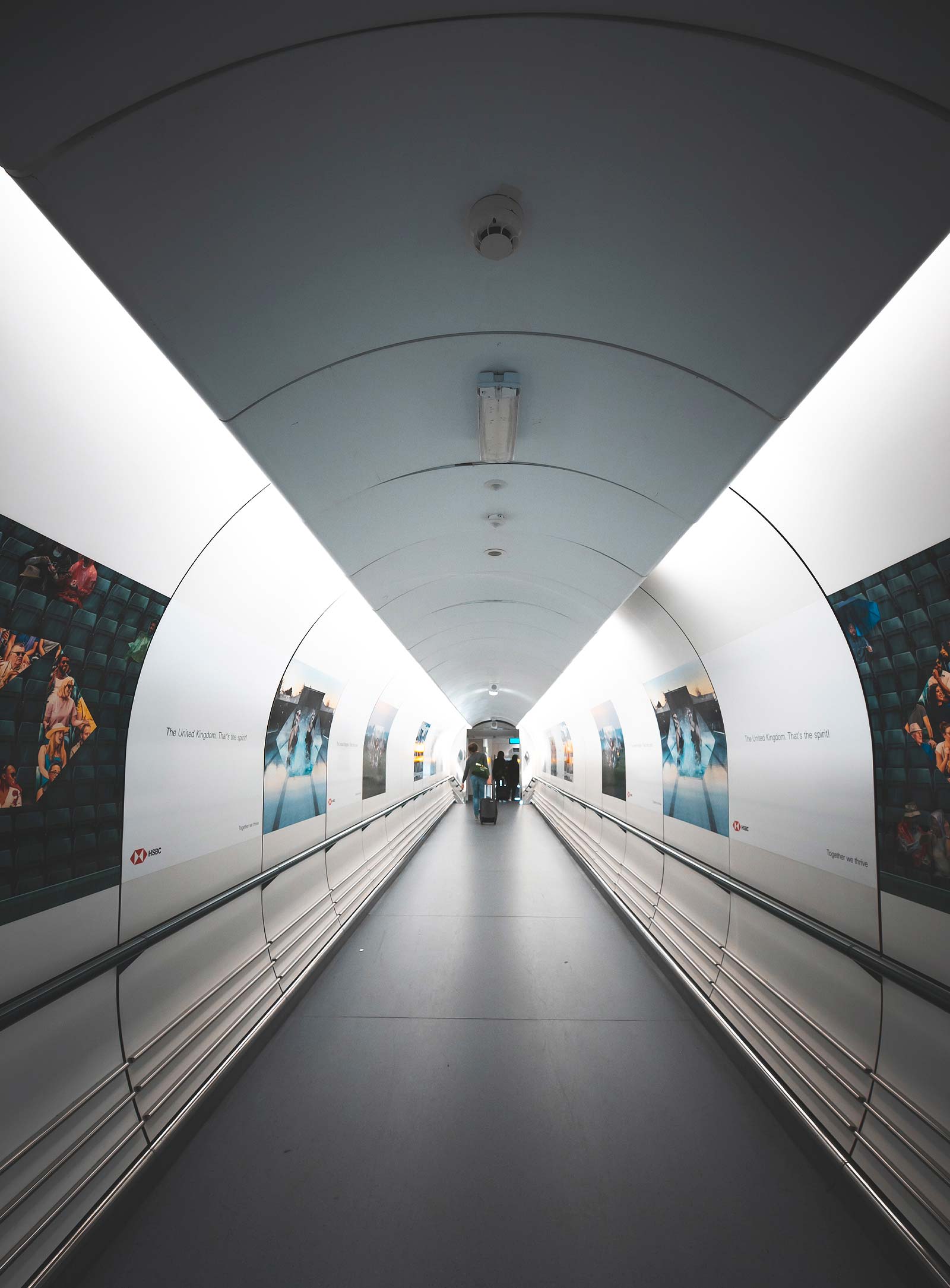Maximising Website Enquiries: A Comprehensive Guide
While having an online presence is essential, converting website visitors into actual inquiries requires a strategic approach. In this article, we will explore effective ways to en

Whether it’s a corporate office, a museum, a retail store, or a public park, the design of these spaces has a profound impact on our well-being and how we perceive and interact with them. One of the most powerful tools in shaping these environments is Environmental Graphic Design (EGD), a discipline that goes beyond aesthetics and focuses on creating immersive experiences through visual storytelling.
In this blog post, we will explore the world of Environmental Graphic Design, how it enhances physical spaces, and the role of visual storytelling in this process.
Before delving into the intricacies of Environmental Graphic Design, let’s define the concept. EGD is a multidisciplinary approach to design that combines architecture, graphic design, interior design, and wayfinding to create cohesive and immersive environments. Its primary goal is to enhance the user’s experience by using visual elements strategically placed within a space.
EGD encompasses a wide range of elements, including signage, murals, typography, color schemes, and interactive installations. These elements work together to convey information, evoke emotions, and tell a story that resonates with the audience.
At the heart of Environmental Graphic Design is the art of visual storytelling. Stories have the remarkable ability to captivate our attention, elicit emotions, and leave a lasting impression. When this narrative power is harnessed within physical spaces, the results are nothing short of magical.
Public spaces can become hubs of community engagement through Environmental Graphic Design. Murals, interactive installations, and public art can tell the story of a neighbourhood, celebrate its diversity, and foster a sense of belonging.
Businesses and organisations can use EGD to tell their brand story within their physical spaces. From the moment a customer enters a store, they should be immersed in the brand’s narrative. This could involve showcasing the brand’s history, values, and mission through carefully curated graphics and signage.
EGD can transform a mundane space into a unique, immersive environment. For example, a restaurant can use graphics and interior design to transport diners to a different time or place, enhancing their dining experience.
Institutions like museums often rely on EGD to enhance the visitor experience. At a natural history museum, for instance, well-designed exhibits combine informative text, striking visuals, and interactive elements to transport visitors back in time. Through meticulously crafted narratives, visitors can embark on a journey through prehistoric eras, gaining a deeper understanding of the Earth’s history and the importance of preserving its natural wonders.

Public spaces are essential for building a sense of community. In a city park, EGD can play a crucial role in bringing people together. A series of colorful and informative signage posts can tell the story of the park’s history, its native flora and fauna, and the importance of preserving green spaces in an urban environment. Interactive art installations can engage visitors of all ages, fostering a strong sense of connection to the park and the community it serves.
As technology continues to advance, the possibilities for Environmental Graphic Design are expanding exponentially. Augmented reality (AR) and virtual reality (VR) are opening up new avenues for creating interactive and dynamic visual narratives within physical spaces. Imagine walking into a retail store where your smartphone guides you through a personalised shopping experience, or visiting a history museum where AR glasses transport you to historical events.


While having an online presence is essential, converting website visitors into actual inquiries requires a strategic approach. In this article, we will explore effective ways to en
There are various grants and funding opportunities available in Ireland to support website development and other digital initiatives. However, the availability of specific grants c
Two fantastic options for creating and overseeing e-commerce websites are WordPress and Shopify. Each platform boasts distinctive features and capabilities, tailored to diverse nee
Just as a well-designed building seamlessly integrates with its surroundings, an exceptional website should harmonise with its content and purpose. We’ll examine how these we
Print design remains an essential facet of graphic design that encompasses various mediums such as brochures, posters, magazines, and packaging. Unlike digital design, print materi
Simple web design not only enhances user experience but also fosters a sense of clarity, elegance, and efficiency. Let’s explore the art of keeping it simple in web design an
A visually engaging and aesthetically pleasing design not only captures the attention of visitors but also helps in building a strong brand identity. By incorporating a cohesive de
A brand style guide is an indispensable tool for ensuring consistency and coherence in how a brand presents itself to the world. It serves as a foundation for brand identity, empow
In the world of web design, creating an aesthetically pleasing and functional website is paramount. However, the most successful web designers understand that design goes beyond ae
Whether it’s a corporate office, a museum, a retail store, or a public park, the design of these spaces has a profound impact on our well-being and how we perceive and intera
Minimal website design Examples A Brief Introduction to Minimal Website Design & Some Examples Fashion minimalistic design Grid-based minimalistic website Minimal Makeup &
Font Pairings For Brand Ten featured font pairings to enhance your website brand Fonts are a crucial part of any design, and the right pairing can make all the difference. But wit
Design Articles Blog
![]()
Your digital success story starts here